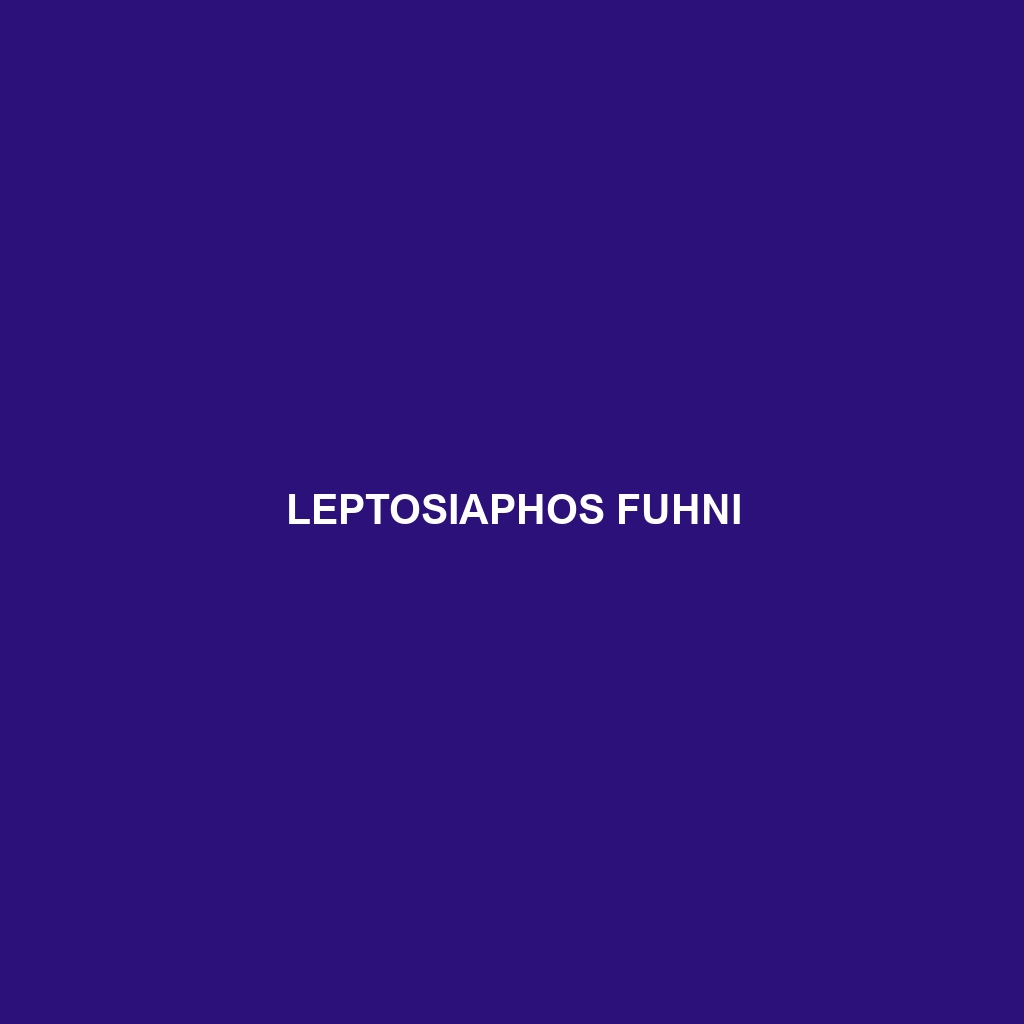<b>Madatyphlops reuteri</b> is a burrowing, nocturnal snake species found in tropical and subtropical regions, known for its cylindrical body, smooth-scaled skin, and diet primarily consisting of soil-dwelling invertebrates. This species plays a vital role in its ecosystem by regulating insect populations and enhancing soil aeration through its intricate burrowing activities.
Tag: environmental impact
Madascincus ankodabensis
Discover the unique Madascincus ankodabensis, a fascinating skink native to Madagascar's lush rainforests, known for its striking dark brown coloration with lighter stripes, diurnal behavior, and essential role as an insectivore in its ecosystem. With a vulnerable conservation status due to habitat loss, this species exemplifies the rich biodiversity of Madagascar and the need for ongoing ecological protection.
Lygodactylus williamsi
Introducing the Lygodactylus williamsi or Williams' Dwarf Gecko, a small, vibrant lizard measuring 6 to 8 cm, known for its striking blue body adorned with yellow or green spots. Native to the humid tropical rainforests of East Africa, this diurnal insectivore thrives in dense foliage, playing a vital role in its ecosystem by controlling insect populations and aiding in pollination.
Lerista rolfei
Discover the Lerista rolfei, an elongated, slim-bodied skink found in Australia's temperate forests and arid scrublands, known for its camouflaging earthy tones and nocturnal burrowing behavior. This insectivorous species plays a vital role in its ecosystem by controlling invertebrate populations and enhancing soil health.
Lerista occulta
<p><b>Lerista occulta</b>, commonly known as the buried slider, is a nocturnal, insectivorous lizard that thrives in the sandy soils of Australia's arid regions, particularly in savannas and scrublands. With a length of 10 to 15 cm and a streamlined body adapted for burrowing, this species plays a crucial role in its ecosystem by regulating insect populations and aerating the soil.</p>
Lerista bipes
Discover the <b>Lerista bipes</b>, or two-toed skink, a fascinating nocturnal reptile native to Australia's arid regions, characterized by its smooth, shiny scales, reduced limb structure, and insectivorous diet. This species thrives in sandy habitats, playing a crucial role in controlling insect populations while showcasing unique adaptations like tail regeneration and effective camouflage.
Leptosiaphos fuhni
Discover the vibrant and adaptable <b>Leptosiaphos fuhni</b>, a slender omnivore ranging from 25-30 cm, known for its striking green and earth-toned coloration adorned with unique blue markings. Thriving in diverse habitats, this vulnerable species plays a crucial role in its ecosystem as both predator and prey, aiding in seed dispersal and contributing to ecological balance.
Lepidodactylus mutahi
<b>Lepidodactylus mutahi</b>, a fascinating lizard found in tropical rainforests and subtropical areas, measures 15 to 20 cm in length and exhibits intricate patterns for camouflage. This primarily nocturnal insectivore plays a vital role in its ecosystem by controlling insect populations and serves as prey for larger predators.
Kinyongia uluguruensis
<b>Kinyongia uluguruensis</b>, or the Uluguru chameleon, is an endangered species native to the tropical rainforests of Tanzania's Uluguru Mountains, characterized by its vibrant green and brown coloration, elongated casque, and excellent climbing abilities. This insectivorous chameleon plays a crucial role in its ecosystem by regulating insect populations and serving as an indicator of environmental health.
Hydrophis torquatus
<b>Hydrophis torquatus</b>, or the Ringed Sea Snake, is a striking marine reptile native to tropical waters of the Indian and Pacific Oceans, known for its distinctive black and yellow or white ringed pattern and vital ecological role in controlling fish populations. This carnivorous species is ovoviviparous, giving birth to live young after a gestation period of 6 to 10 months, and plays a crucial role in maintaining the health of marine ecosystems.









